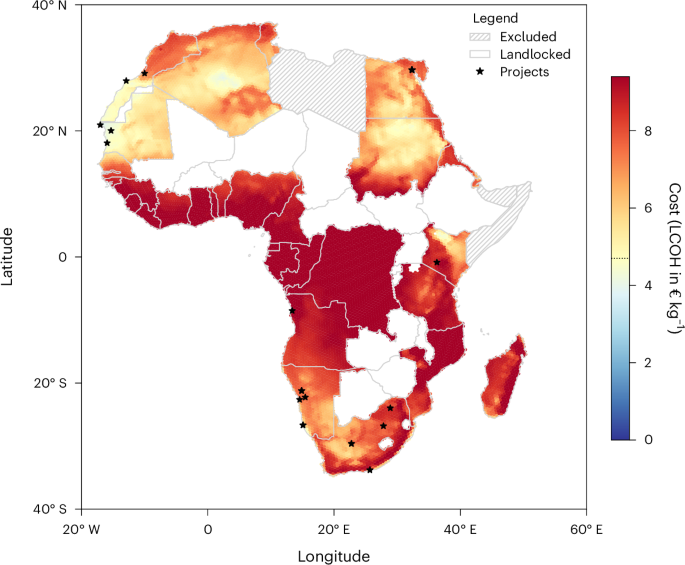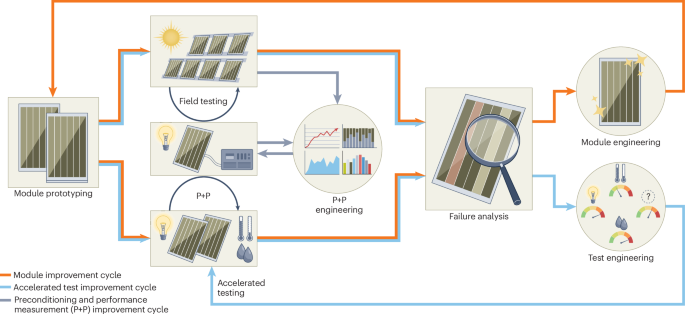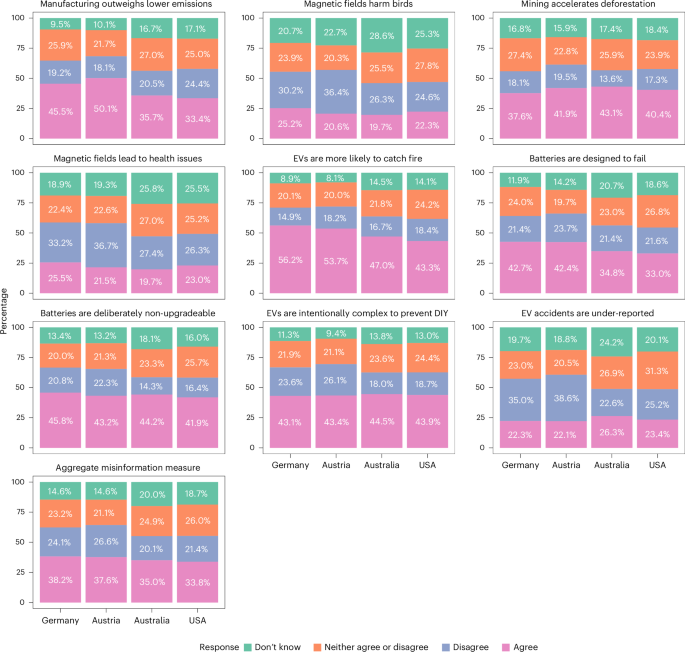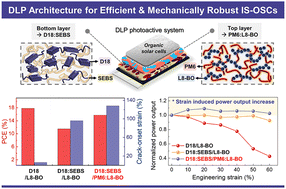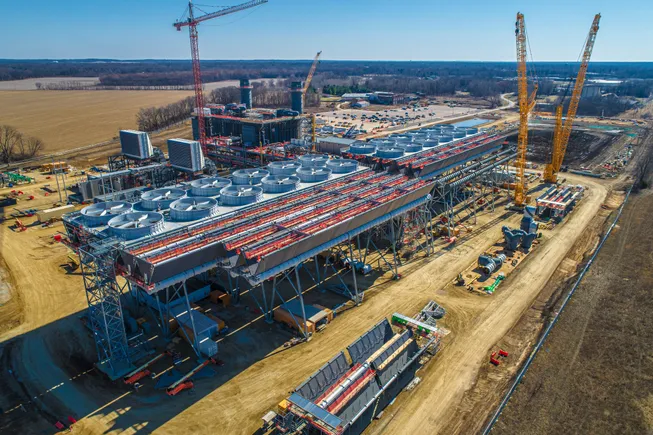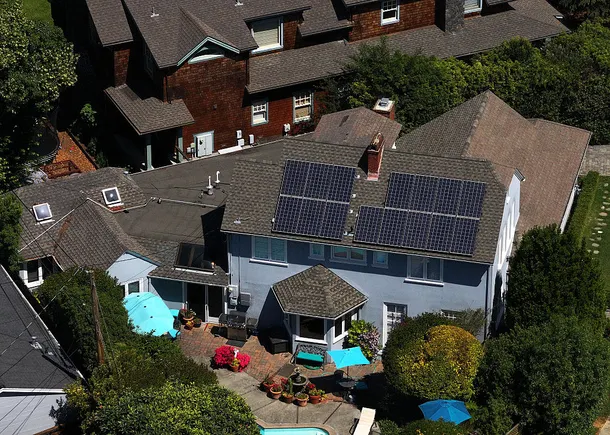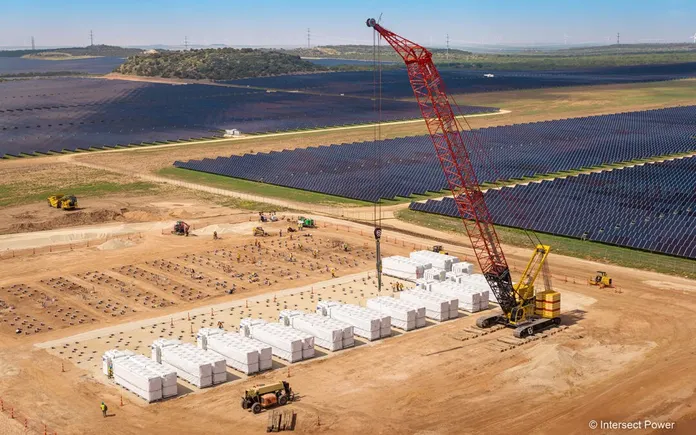Unveiling the Role of Nontrivial Electronic Structure and Lattice Softening in the Excellent Thermoelectric Performance of MnGeTe2 Alloys near the Ioffe–Regel Limit
Advanced Energy Materials, EarlyView.

It is demonstrated that the incorporation of Ag and Sb induces a transition from a single valence band to multiple valence bands in MnGeTe2, driven by enhanced spin-orbit coupling (SOC). The alloying process induces lattice softening, which reduces the lattice thermal conductivity to its amorphous limit. A record-high ZT value of 1.7 at 868 K for Mn0.7Ge0.7Ag0.2Sb0.4Te2 is achieved, representing a 60% improvement over pristine MnGeTe2.
Abstract
State-of-the-art thermoelectric materials typically exhibit high charge carrier mobility. However, this study reveals an exception in MnGeTe2 alloys, where the room-temperature hole mobility is intrinsically low, approaching the Ioffe–Regel limit. Through heavy alloying with AgSbTe2, the electronic band structure of MnGeTe2 transitions from a single valence band to multiple bands, driven by enhanced spin-orbit coupling due to the incorporation of heavier Ag and Sb elements. This electronic restructuring increases the density of states effective mass by 50%, from 10 m e to 15 m e, significantly enhancing the Seebeck coefficient despite higher hole concentrations. Remarkably, the carrier mobility remains unchanged, as the mean free path of charge carriers has already reached its minimum. Additionally, heavy alloying induces lattice softening in MnGeTe2, as confirmed by sound velocity measurements. This lattice softening, combined with the alloying effect, reduces the lattice thermal conductivity to its amorphous limit. Further optimization of the Ag/Sb ratio enables precise tuning of carrier density, resulting in an exceptional peak ZT value of 1.7 at 868 K for the Mn0.7Ge0.7Ag0.2Sb0.4Te2 sample — a 60% improvement over pristine MnGeTe2. This work demonstrates the promise of low-mobility systems near the Ioffe–Regel limit for high-performance thermoelectrics, revealing synergistic electronic–lattice interactions.


























































































































